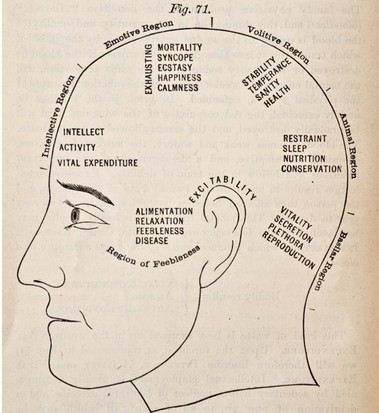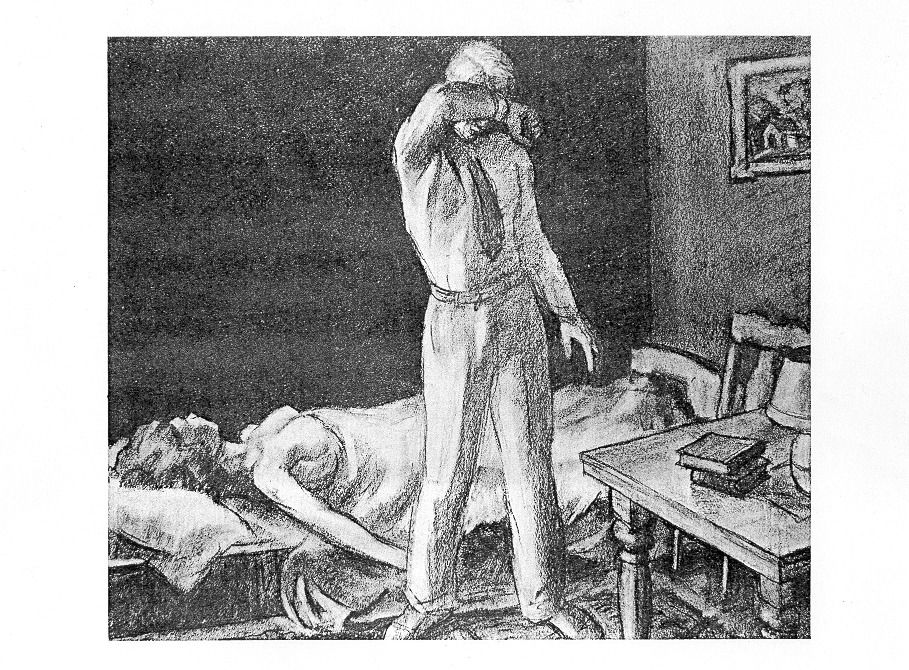Welcome to the Wakefield Doctrine (the theory of clarks, scotts and rogers)
This is the Wakefield Doctrine’s contribution to the Ten Things of Thankful (TToT) bloghop. To that end, the following is a list of the people, places and things that elicit, stimulate, inspire and otherwise leaves a hand-written-note on a 4-times-folded, half-of-a-full sheet of white letter paper. (It goes without saying that the first fold is bottom edge to top, then left side over to right.)
1) Una
2) Phyllis ————————————→ catching up to Una as they walk the bike path (2012)
3) the Wakefield Doctrine
4) something, something
5) the Six Sentence Story bloghop Six Pick of the Week: ‘House of Cards‘ (Frank Hubney)
6) the Unicorn Challenge Read this one! ‘My Story‘ (from Keith)
7) New project (while we await warmer weather for the bridge reconstruction to begin) re-stain the deck. (photo detail: mostly done scraping the old paint)
8) the Meadow matures: Amber Wavelets of Grain
9) alas, This week we register a hypo-grat: The start of Winter. (New Readers? Check in with Mimi. She is our resident expert on grats/hypo-grats. While technically, a hypo-grat is in the category of life events that includes: broken shoelaces on the morning of the big interview, watching the other person get the promotion that everyone knows you were a shoe-in for and hearing, like the air breathing it’s last as it is cleaved by the blade descending in the hands of the executioner from X-Chromia who takes the dreams of adolescent Y-Chromians and stops them forever with the phrase: ‘But we can still be friends’. And, as she, (Mimi, not the Executionerette (shame on you for even thinking that!) will ask you, ‘But look at the parts of your life that were enhanced by them/it. That can never be taken from you. It is their gift to you. There is a positive in the negative. It ain’t easy to see. But worth the effort when you do.’
10) Secret Rule 1.3
music vids
*
*
*
*











